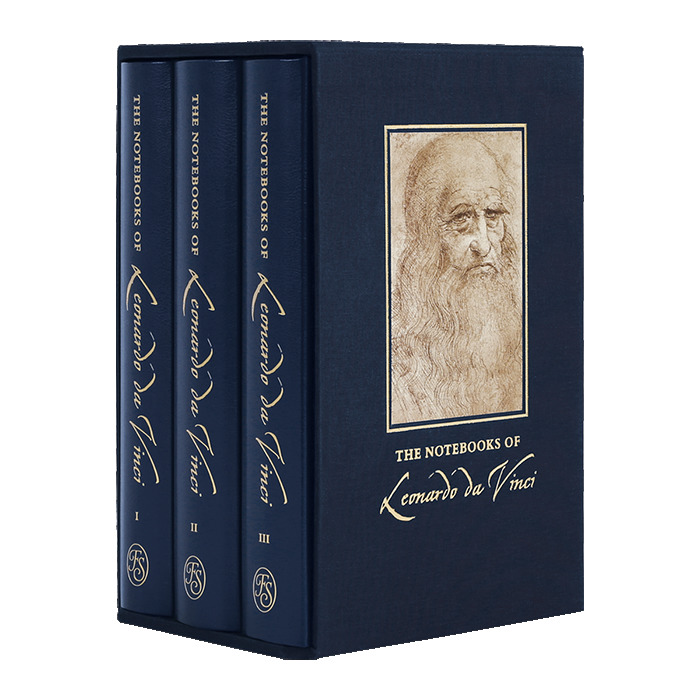What do you think?
Rate this book


1432 pages, Hardcover
First published January 1, 1519
The mind of a painter must resemble a mirror, which always takes the color of the object it reflects and is completely occupied by the images of as many objects are in front of it.
"We are two brothers, each of us has a brother. Here the way of saying it makes it appear that the two brothers have become four."
"The painter who draws merely by practice and by eye, without any reason, is like a mirror which copies every thing placed in front of it without being conscious of their existence."
”I wish to work miracles;—it may be that I shall possess less than other men of more peaceful lives, or than those who want to grow rich in a day.”
”Although partridges steal each other's eggs, nevertheless the young born of these eggs always return to their true mother.”
"...the greater the darkness into which the pupil goes the more its size increases, and this increase makes the darkness seem less."
"The eye will hold and retain in itself the image of a luminous body better than that of a shaded object. The reason is that the eye is in itself perfectly dark and since two things that are alike cannot be distinguished, therefore the night, and other dark objects cannot be seen or recognised by the eye. Light is totally contrary and gives more distinctness, and counteracts and differs from the usual darkness of the eye, hence it leaves the impression of its image."
”The vine that has grown old on an old tree falls with the ruin of that tree, and through that bad companionship must perish with it.”
"Those who are in love with practice without knowledge are like the sailor who gets into a ship without rudder or compass and who never can be certain whether he is going. Practice must always be founded on sound theory, and to this Perspective is the guide and the gateway;"
